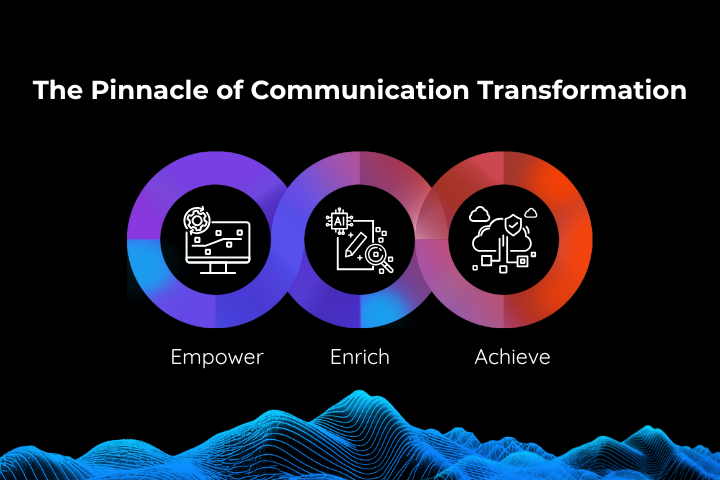
Don’t assume a customer journey is a linear path. Customers don’t see the journey: they just want to purchase a product or service from your company; get their product repaired as quickly as possible or get an answer to their question in a short amount of time. Customers, if they are served correctly and if they understand how to interact with your company in an efficient way, will become your best advocate. Total transparency and speed (delivery, answers to questions, explanations, services) are really important but overall customers want to understand and don’t want to discover the hidden costs or flaws of the product they purchased (or service they subscribed to after the fact.
The company doesn’t want to face disappointed customers: managing calls from angry customers has a short term cost as well as a longer term cost in terms of customers lost. Customers who no longer trust the company because of a failed interaction are difficult to retain. Companies want interactions and communications with their clients to go as smoothly as possible to keep customers happy and loyal.
How do you know whether changes initiated in your customer experience policy are successful or not? Do you know who handles the communication? Do you know how the Voice of the Customer (VoC) is captured and analysed? Do you know how investment decisions are made to improve customer experience? Do you transform your company based on insights and feedback from the field based on a holistic view of all interactions with your clients?
Imagine a scenario where departments working in siloes didn’t align their communication: One department would send a reminder letter to the customer because of unpaid bills while another department would send a promotional marketing letter to the same customer offering a new service. These 2 messages are not aligned; they confuse the customer who might think that the company is not one entity but 2 separate entities. The discrepancy in approaching the customer could also lead to fraud. This customer could easily get a new service and still not pay his outstanding bills. He might decide to switch provider because the situation is not clear.
Would you want that to happen to your company? Wouldn’t it be better to get a centralised view of your customers’ profiles where you could spot such situations and stop them from occurring (soft block and hard block)? Take action to understand why the customer hasn’t paid their bill (maybe they’re not to blame, maybe your payment platform is the reason for this – see article about RBS which discovered that their application process wasn’t mobile optimised).
But you will never be made aware of these countless issues if you don’t ask yourself the right questions, if you have no means of understanding the current situation, if you don’t map the existing customer journey and monitor a set of KPIs at every touch point. You need to start somewhere: start small and improve your customer journey map, add KPIs over time to facilitate the assessment of the situation; make sound decisions based on facts, colleagues’ feedback and customers’ feedback (for instance by adding a quick survey after critical interactions to capture customer’s emotion or satisfaction score) As you might already know, customer’s emotions are the main factor correlated to loyalty.
A top executive management decision is required in order for a customer journey mapping project to be launched. This is as important as understanding that Customers are your GPS - your roadmap to success.
Listen to your customers. Set up the tools you need for your teams to share this information.
Make them your priority. Improving customer experience will cut cost, and enable you to be in control of your spending.
Retaining existing customers, making them your advocate, spreading the word, getting them to purchase more from you, increasing brand awareness and quality, reducing call centre costs: the impact on your company will be huge.
Put your company in the customers’ shoes and use your customer GPS, in effect, travelling the shortest distance possible, in delivering great purchase experience journey.








